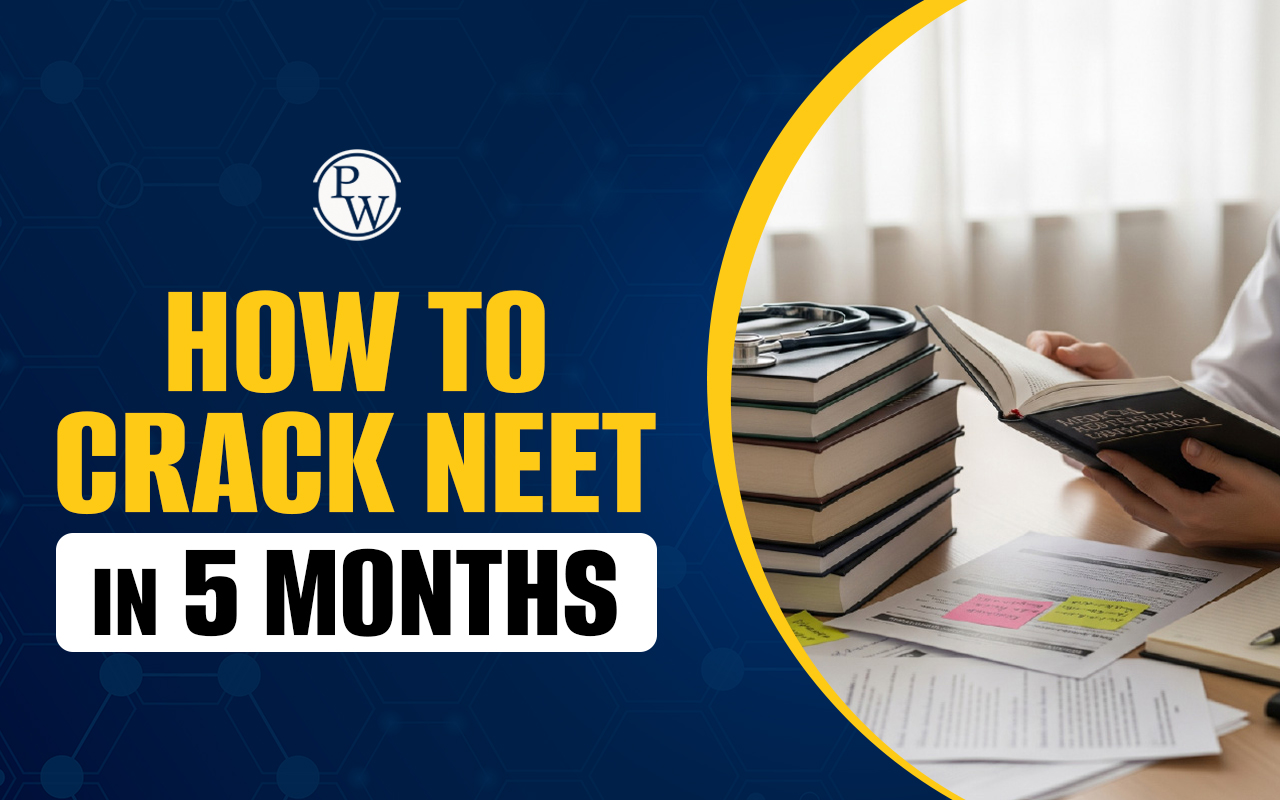
Carbohydrates MCQs: Carbohydrates are an important part of the NEET Biology syllabus. They are a sub-topic from the chapter Biomolecules. NEET exam is a medical entrance test, and students need to know many Biology topics. Carbohydrates may seem easy, but sometimes questions can be tricky. That’s why it is very important to solve Carbohydrates MCQs. When you practice more, your understanding becomes better and you can solve questions faster during the exam.
Explore - NEET Online Courses
Carbohydrates MCQs Overview
Carbohydrates are made of carbon, hydrogen, and oxygen. These are energy-giving foods and are also called sugars. They are present in things we eat like rice, bread, potatoes, and fruits. In Biology, carbohydrates are studied because they are part of cell structure and also store energy.
There are 3 types of carbohydrates:
-
Monosaccharides – single sugar units like glucose.
-
Disaccharides – made of 2 sugar units like sucrose.
-
Polysaccharides – long chains of sugar units like starch or glycogen.
In NEET, questions can come from their structure, types, reactions, and examples. Practicing MCQs helps students revise better and know what kind of questions can come. It also helps in learning important facts quickly. Students can also read Biomolecules NEET notes chapter where carbohydrates are explained.
Download Last 5 Years NEET Previous Year Question Papers PDF
Free NEET PYQ PDF
Carbohydrates MCQs with Explanation
Here are a few carbohydrate MCQs to help you prepare.
1. A dehydration reaction links two glucose molecules to produce maltose. If the formula for glucose is C₆H₁₂O₆, then what is the formula of maltose?
A. C₁₂H₂₀O₁₀
B. C₁₂H₂₄O₁₂
C. C₁₂H₂₂O₁₁
D. C₁₂H₂₄O₁₁
Answer: C. C₁₂H₂₂O₁₁
Explanation: When two glucose units join, one water (H₂O) is removed. So, the total becomes C₁₂H₂₂O₁₁.
2. Assertion (A): All monosaccharides give Benedict’s test.
Reason (R): All monosaccharides contain free aldehyde or ketonic groups.
A. Both A and R are true and R is the correct explanation of A.
B. Both A and R are true but R is not the correct explanation of A.
C. A is true and R is false.
D. A is false and R is true.
Answer: A. Both A and R are true and R is the correct explanation of A.
Explanation: Monosaccharides react with Benedict’s solution because they have free aldehyde or ketone groups.
3. Sugar with five membered ring called;
A. pyranose
B. furanose
C. dextrorotatory
D. laevorotatory
Answer: B. furanose
Explanation: Sugars with a 5-membered ring are called furanose, like fructose in furanose form.
4. Sucrose is made up of glucose and fructose, which are reducing sugars; but sucrose is a non-reducing sugar, because the linkage involves;
A. 1st carbon of glucose and 2nd carbon of fructose
B. 2nd carbon of glucose and 1st carbon of fructose
C. 1st carbon of glucose and 4th carbon of fructose
D. 4th carbon of glucose and 1st carbon of fructose
Answer: A. 1st carbon of glucose and 2nd carbon of fructose
Explanation: In sucrose, this bond blocks the free group, so it does not reduce Benedict’s reagent.
5. Ribose is a______.
A. monosaccharide
B. disaccharide
C. polysaccharide
D. heteropolymer
Answer: A. monosaccharide
Explanation: Ribose is a single sugar unit found in RNA. It has five carbon atoms.
6. The two functional groups characteristic of sugars are;
A. hydroxyl and methyl
B. carbonyl and methyl
C. carbonyl and hydroxyl
D. carbonyl and phosphate
Answer: C. carbonyl and hydroxyl
Explanation: Sugars have a carbonyl group (C=O) and many hydroxyl (–OH) groups.
7. Select the non-reducing sugar among the following.
A. Galactose
B. Fructose
C. Glucose
D. Sucrose
Answer: D. Sucrose
Explanation: Sucrose does not have a free group, so it cannot reduce Benedict’s solution.
8. A six-carbon sugar with aldehyde group is;
A. ribose
B. deoxyribose
C. glucose
D. fructose
Answer: C. glucose
Explanation: Glucose has 6 carbon atoms and an aldehyde group, so it is an aldohexose.
9. Statement-I: Monosaccharides and disaccharides are crystalline and sweet in taste.
Statement-II: Polysaccharides are tasteless, amorphous and insoluble in water.
A. Both I and II are correct
B. Both I and II are incorrect
C. I is correct and II is incorrect
D. I is incorrect and II is correct
Answer: A. Both I and II are correct
Explanation: Small sugars are sweet and form crystals. Big sugars are tasteless and don’t dissolve well in water.
10. Glucose is a hexose. Choose from among the following another hexose.
A. Fructose
B. Erythrose
C. Ribulose
D. Ribose
Answer: A. Fructose
Explanation: Fructose has 6 carbon atoms, so it is also a hexose like glucose.
11. Glycogen is a homopolymer made of;
A. glucose units
B. galactose units
C. ribose units
D. amino acids
Answer: A. glucose units
Explanation: Glycogen is made only of glucose. It stores energy in animals.
12. The number of ‘ends’ in a glycogen molecule would be;
A. equal to the number of branches plus one
B. equal to the number of branch points
C. one
D. two, one on the left side and another on the right side
Answer: A. equal to the number of branches plus one
Explanation: Each branch ends in a free end, where glucose is added or removed.
13. Which of the following is incorrect about glycogen?
A. It is a stored form of glucose in animals.
B. In glycogen the right end is reducing and the left end is non-reducing.
C. It is a branched polymer of glucose.
D. It is a stored form of glucose in plants.
Answer: D. It is a stored form of glucose in plants.
Explanation: Plants store glucose as starch, not glycogen. Glycogen is for animals.
14. In polysaccharide, the individual monosaccharides are linked by a bond. This bond is formed by dehydration. This bond is;
A. ester bond
B. glycosidic bond
C. peptide bond
D. ionic bond
Answer: B. glycosidic bond
Explanation: Monosaccharides join by glycosidic bonds, which form by removing water.
15. Which one is not a disaccharide?
A. Lactose
B. Sucrose
C. Maltose
D. Starch
Answer: D. Starch
Explanation: Starch is made of many glucose units, so it is a polysaccharide.
Join PhysicsWallah's online NEET coaching and make your journey simple and clear. Learn from trusted teachers, follow easy-to-understand lessons, and study at your own pace from home.
Carbohydrates MCQs FAQs
What is the definition of carbohydrates and examples?
What is the main function of carbohydrates?
What are carbohydrates in human health?
What are the 3 types of carbohydrates?
What is the formula for a carbohydrate?










